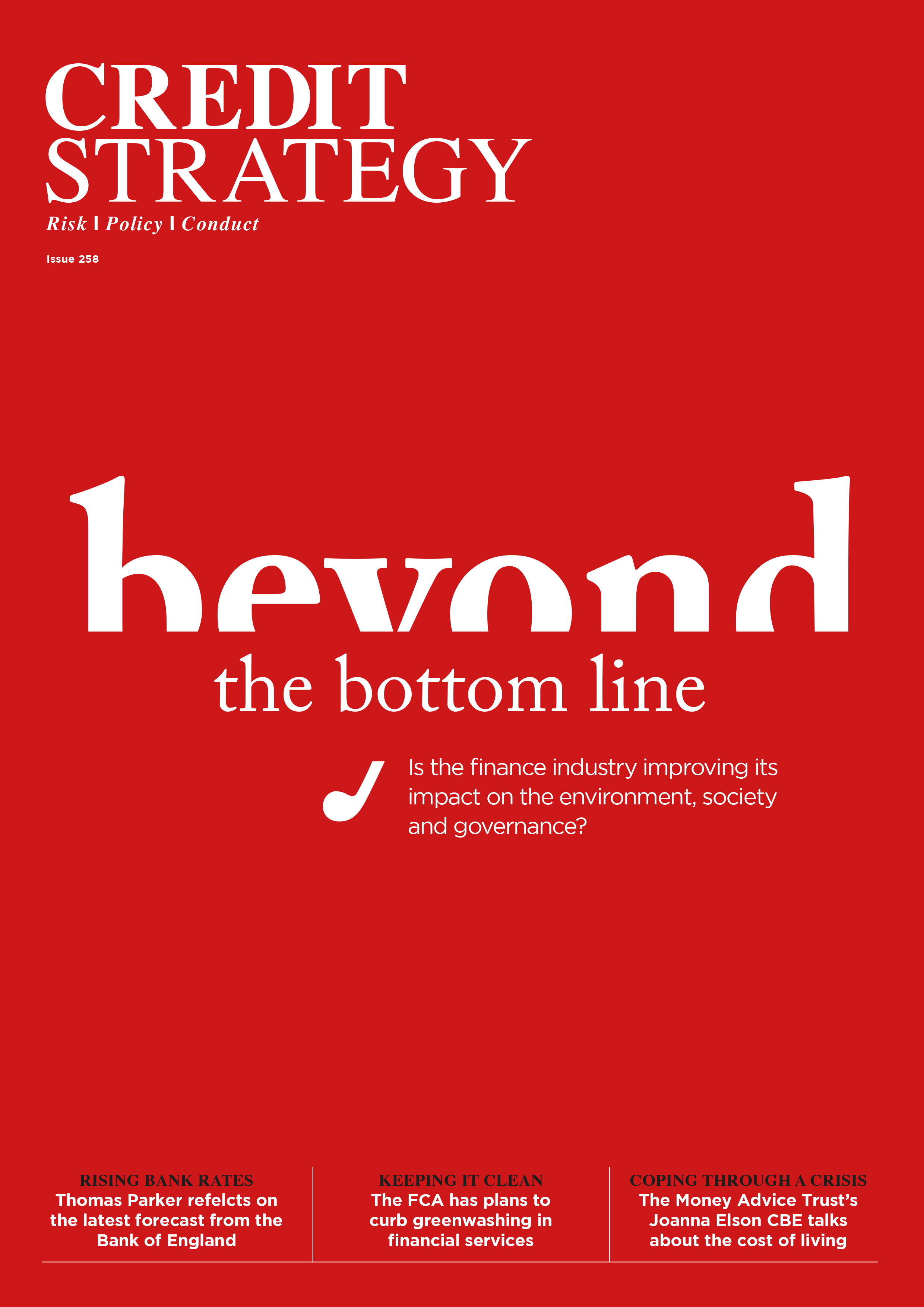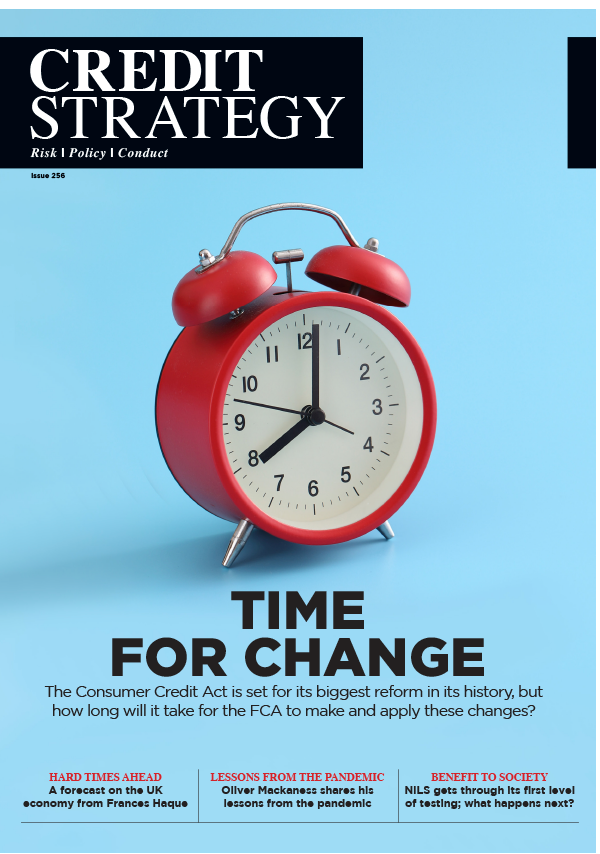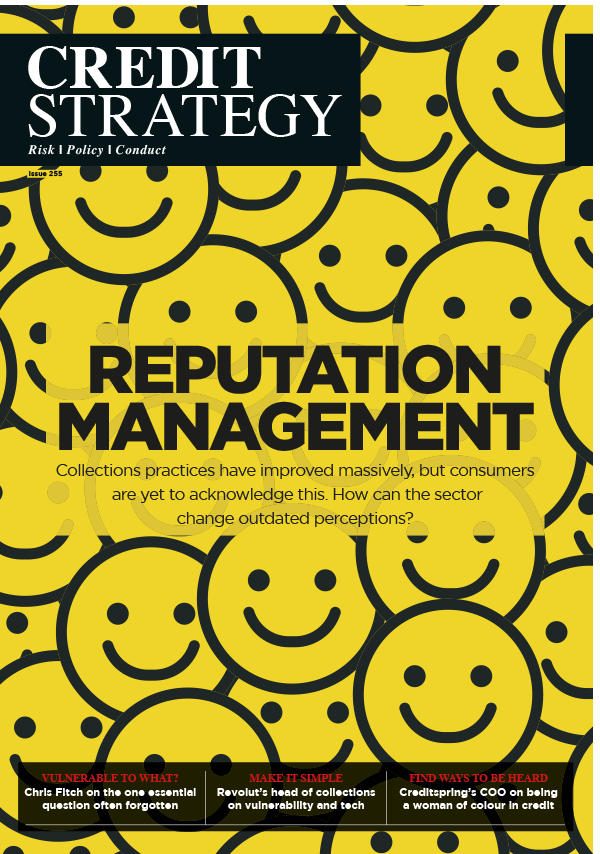Dear visitor,
You're reading 1 of your 3 free news articles this quarter
Register with us for free to get unlimited news, dedicated newsletters, and access to 5 exclusive Premium articles designed to help you stay in the know.
Join the UK's leading credit and lending community in less than 60 seconds.
Consumer credit borrowing doubled in January
Consumers borrowed £1.6bn in consumer credit in January, according to the Bank of England’s latest figures.

Senior Journalist, covering the Credit Strategy and Turnaround, Restructuring & Insolvency News brands.
This figure – which is double the £800m borrowed in December – was split between £1.1bn of borrowing on credit cards and £500m on other forms of consumer credit. Additionally, the annual growth rate for all consumer credit increased from 7.2% to 7.5%.
Broken down, the growth rate of credit card borrowing rose from 12.4% to 13.5%, the highest level since the 13.7% seen in October 2005, while for other forms of consumer credit the growth rate remained broadly unchanged at 5.1%.
As for the effective interest rate on interest-charging overdrafts, this rose by 108 basis points to 20.85%. The effective rate on new personal loans to individuals increased by 19 basis points to 8.35% with the effective rate on interest bearing credit cards also rising from 19.55% to 19.90%.
Alongside this, households deposited an additional £3.5bn with banks and building societies – a £200m increase when compared to the £3.3bn figure recorded in December. Within this, net flows into time deposits – while it remained strong at £6.9bn - also fell from the £7.5bn figure recorded in December.
Meanwhile, net flows of interest-bearing sight deposits saw the fourth consecutive month of negative withdrawals at -£3.9bn in January, while non-interest-bearing sight deposit flows also fell to -£1.7bn.
Reflecting on these figures, Equifax UK chief data and analytics officer Paul Heywood said: “Despite a tenth consecutive rate rise from the Bank of England, today’s Money and Credit data shows borrowing remains an attractive option for consumers, even in the face of the UK’s uncertain economic situation.
“Whilst the bank’s interest rate increases may have boosted the attractiveness of savings, the reality of increased costs has likely led many households to dip further into essential reserves. These reserves may in turn be supplemented by high-cost short-term credit options to maintain a certain living standard, leading to a further squeeze on households already facing a real-terms pay cut due to inflation.
“With these high borrowing costs, we can expect to see the total value of consumer borrowing continue to increase. Although, if the Bank of England succeeds in taking some heat out of the market, we may see borrowing levels fall in real terms.
“There are certainly challenges ahead for borrowers and lenders, however the credit sector is prepared to meet these concerns and ensure that borrowers are protected and supported with the knowledge to ensure they can access the credit products they need.”
Stay up-to-date with the latest articles from the Credit Strategy team
Get the latest industry news






